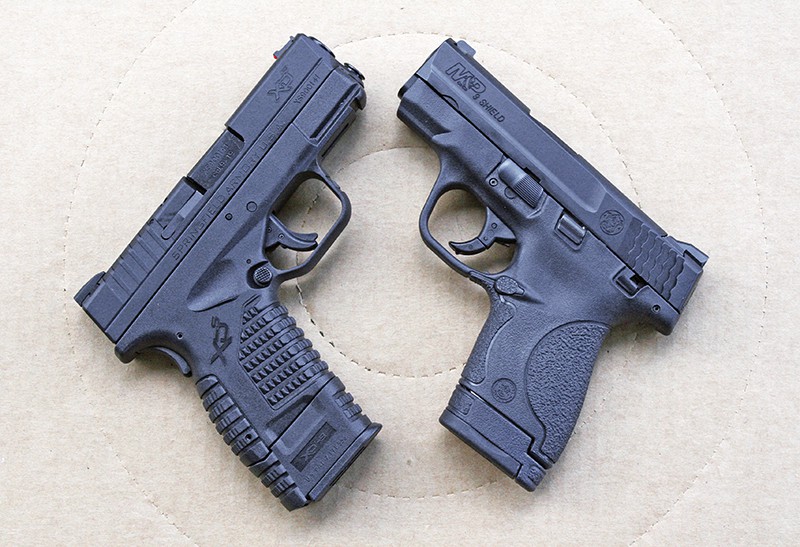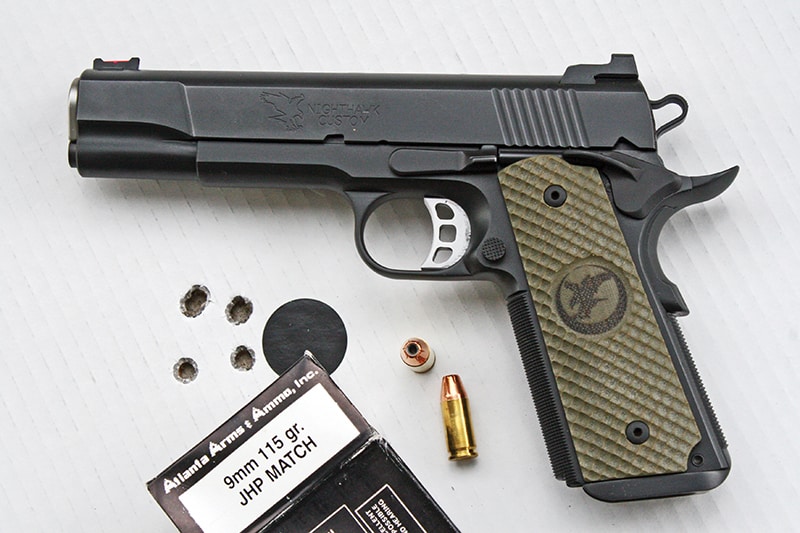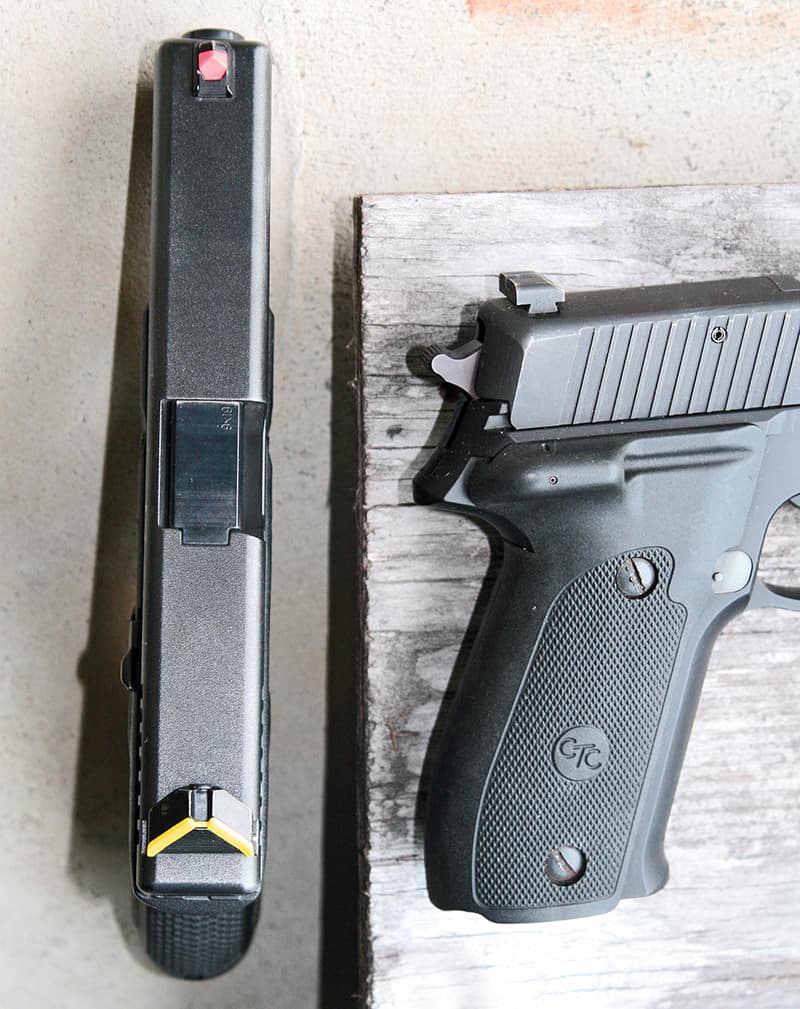Senior Citizen Handguns
Do Older Folks Need Different Handguns? Sometimes …
“It’s not the age, it’s the mileage,” said Indiana Jones. In my case, it’s also lack of maintenance. The fact is, though, that a lot of folks find in their older years that the favorite guns of their salad days no longer seem to work as well for them as they once did. For my part, I’m happy to have made it this long; it’s the decrepitude, not the age, that bothers me.
The late, great Col. Jeff Cooper was well into Social Security age when he commented that as “geezerhood” approached, he didn’t need a specific “geezer gun.” I can understand that for a couple of reasons. One was that Jeff was still a big, strong, strapping guy for much of his Golden Years. Another was that his trademark pistol, the 1911 .45, was and is remarkably forgiving in older hands. The .45 Auto has mild recoil for its major power level; with its hammer back (relieving mainspring pressure), the slide isn’t too hard for even somewhat arthritic hands to operate with the standard recoil spring; and its single action trigger pull is easy to manipulate.
Is that true of everyone? Well, it depends… and no that’s, not a “Depends” joke. Arthritis hits different folks to different degrees. A lot of my friends who are past 60 have gone from .45 to 9mm, at least in part because it simply beats up their hands and wrists less in extended shooting sessions. A student who trained with me many years ago returned to take a refresher a few months ago. In his mid-80s now, he was struggling to work the slide of his Colt Commander, and could no longer reload it with the lightning speed he had 20 years ago. Cumulative nerve damage and arthritis had taken their toll. Some lighter loads and 10-round Wilson magazines helped, but I tried to steer him toward one of his polymer 9mms with double stack magazines, or his Browning Hi-Power.
The older shooter with impaired hand strength and dexterity doesn’t have to work a slide with a revolver, but some arthritic fingers find it harder to run a double action trigger than in their younger days. Hips and lower backs start getting precarious as time erodes us, too, and heavier guns go from “less comfortable” to “uncomfortable” to “downright painful.” A lightweight revolver like the Ruger LCR, with its conspicuously easy double action trigger and a cushiony soft grip out of the box, can make a lot of sense here. So, of course, can a compact, striker-fired 9mm with an easy operating slide mechanism and trigger.
The older you get, the more likely you are to need multi-focal eyeglasses. Have the opticians grind the lenses with the reading plane at the top, not the bottom. As the head comes forward into a combat stance, the glasses naturally shift from the “find the target” plane to the “watch the front sight” plane.
New aiming apparatus? I’ve found the Advantage Tactical sights to be awesome for us geezers. Bull’s-eye shooters long since learned that red dot optical sights could add another 20 years to their competition careers. We now have some units like Trijicon’s RMR small enough for concealed holster carry. They can be a Godsend for old eyes, and some younger folks find them faster to boot. Laser sights have also proven useful with older eyes.
The longer you’re around, the more likely you are to suffer bursitis, shoulder separations, and other ailments that can reduce upper limb range of movement. If the behind the hip draw isn’t as fast or as sure as when you were younger, consider cross-draw carry. Moving the gun’s weight forward off the hip can save some pain in that region, too.
Trying a shoulder rig? Make sure the harness is a “figure-8”: the older style strap arrangements put too much pressure on the back of necks that grew fragile over the decades. The wider and softer the shoulder straps, the better they disperse weight and pressure. Ankle holsters? Be careful: advancing age brings phlebitis and other circulatory problems, and wrapping things snugly around limbs above joints may not be as good a plan as in your younger days.
Oh, and the slower and more awkward reloads that come with aging hands? Do ya think a creative attorney could craft a solid class action lawsuit arguing that the ravages of age impair old folks’ ability to swiftly and surely reload after 10 shots, and that therefore laws limiting magazine capacity have disparate impact against senior citizens and the disabled?
Get More Carry Options content!
Sign up for the newsletter here:






